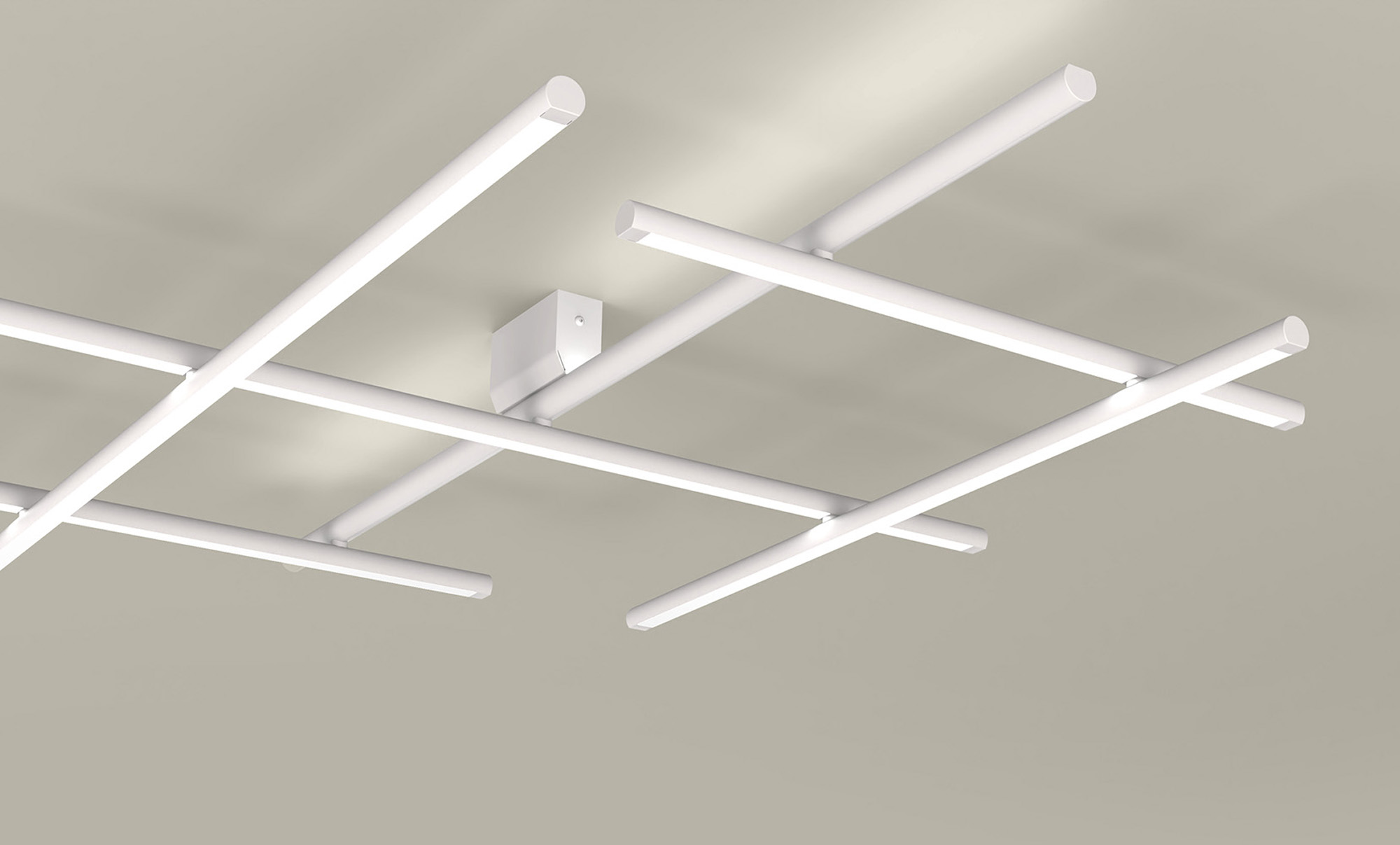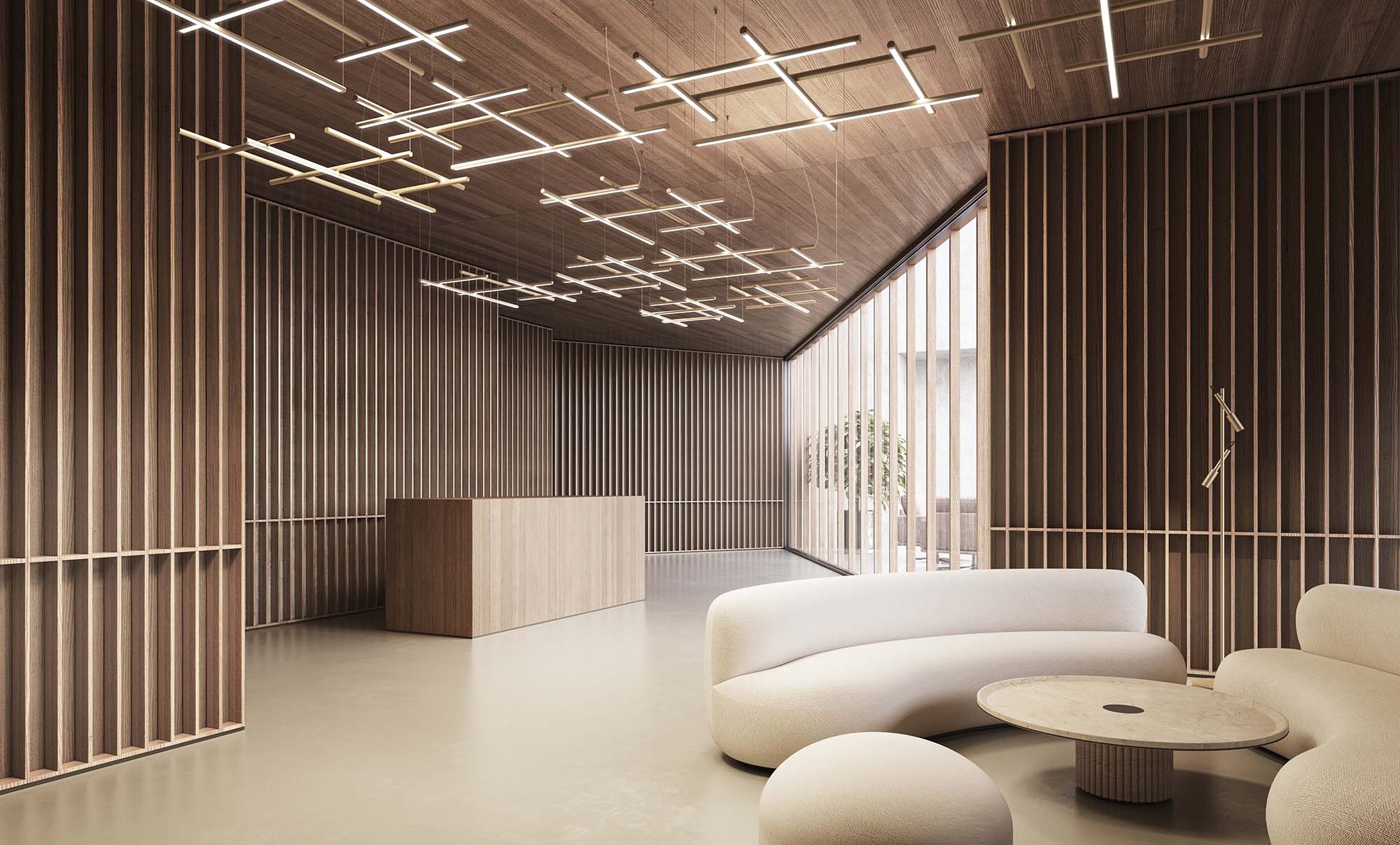HILOW: THE CLOUDS OF CUSTOMISABLE LIGHTS
CREATED BY MATTEO THUN
Panzeri was founded in the late 1940s by Carlo Panzeri who used his knowledge in the field of engineering to achieve the dream of “shedding light”. Through experimentation and combining tradition with technology, the brand became one of the leaders in the field of lighting, boasting collaborations with well-known designers who have given life to timeless products. This is the case for the Hilow, a perfect Cartesian grid of light designed by Matteo Thun, offering its customers a module with which to create infinite compositional possibilities.
Whether you prefer it suspended or on the wall, the Hilow system “expresses a great stage presence: it is as if we had hung Lucio Fontana’s cuts”, says Enzo Panzeri, Head of Design of the company, from whom we asked for more information on the new product and on his Panzeri.
The Hilow is the fourth family of products that Panzeri and Matteo Thun develop together, and it showcases design conception, philosophy and product realisation, with a complicity that is rarely found. The Hilow, a linear and simple product in geometry has orthogonal lines that intersect each other reflect the philosophy of Panzeri and the Thun studio in a timeless project, confirming their minimal vision of a product that is aesthetically simple while involving advanced technology.
The base of Hilow is a drawn aluminium that has the advantage of being extruded, so all the elements that make up the product are multiple reducing waste, a theme dear to Panzeri and to the Thun studio both as regards production and as an environmental commitment. Hilow is therefore a product that optimises the use of the material with its complexity lying in the manufacturing and assembling the luminaire which creates simplicity of use for the customer.
One of the features of the Hilow is that it allows customers and designers the opportunity to customise the product, which is fundamentally valuable. With Hilow, the ambition is to create a product that grants design freedom, allowing the designer to make his own composition starting from a single module by playing with the light effects, up and down, and by moving the orthogonal grid, creating dynamic compositions.












